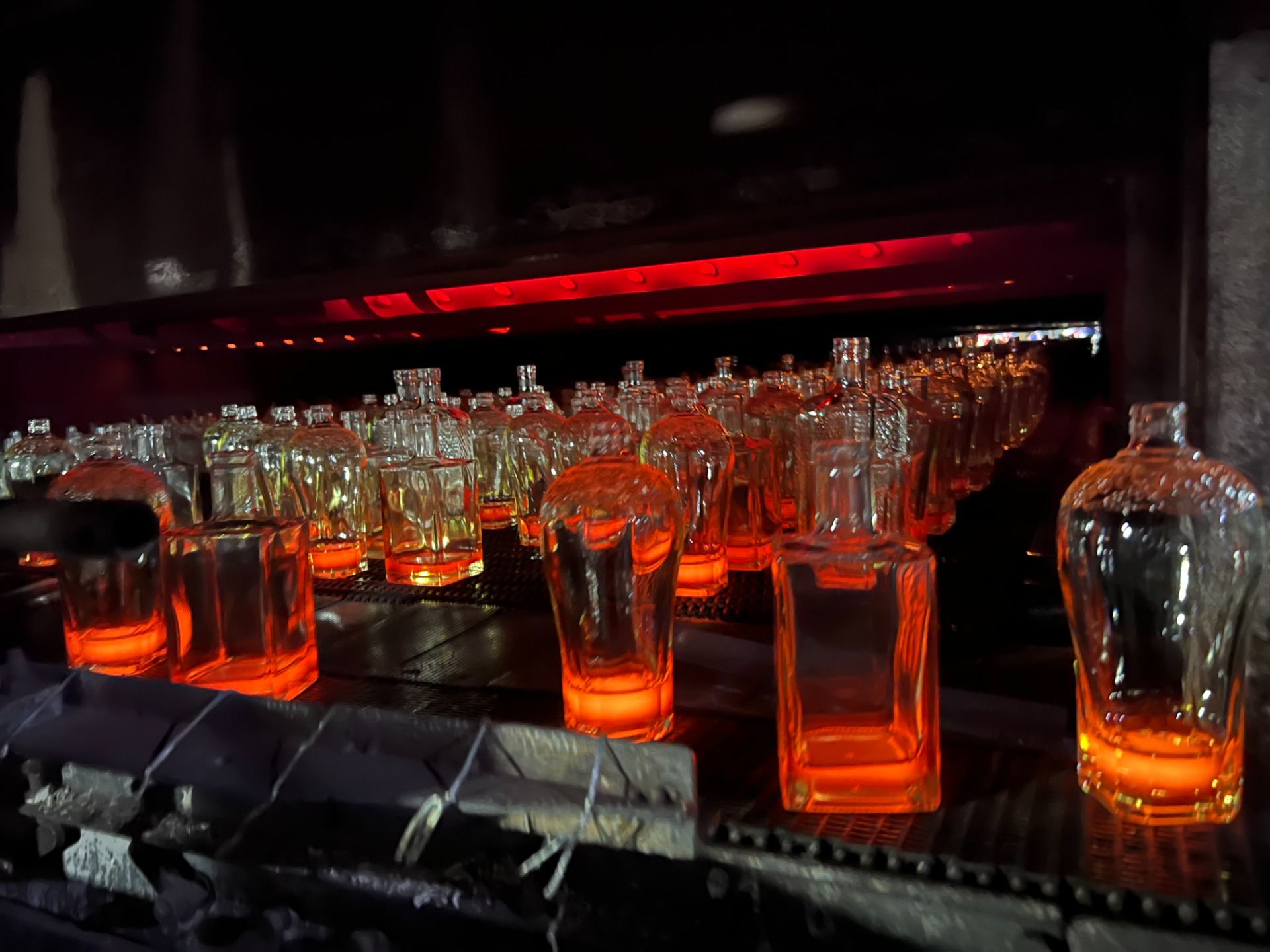
Recycling Process
Collection and sorting:
Collect the discarded glass bottles and sort them by color, material, etc., as glass of different colors and compositions need to be handled separately in the
recycling process to ensure the quality of the final product.
Cleaning and purification:
The glass bottles are cleaned to remove residues and impurities in order to improve the purity of the glass and ensure the quality of the subsequent
processing.
Crushing:
The cleaned glass bottles are fed into the crusher to break them into small pieces to form broken glass for subsequent melting process.
Melting: Mix the broken glass with other raw materials (e.g. sand, limestone, soda ash, etc.) and put it into the melting furnace to melt at a high temperature of
about 1700 degrees Celsius to form glass in molten state.
Forming new products:
The glass in molten state is poured into molds and cooled to form new glass products, such as glass bottles, glass jars, glass cups and so on.
The significance of recycling
Saving resources and energy: Recycling glass bottles can reduce the demand for natural raw materials, such as quartz sand, soda ash, etc., and at the same time, it can save about 40% of
energy in the production process.
Reduce environmental pollution:
glass bottles are not easy to degrade and will cause pollution to the environment if they are discarded randomly. Recycling can reduce the amount of
landfill and reduce the pollution of land and water resources.
Economic benefits:
Recycling glass bottles can provide cheap raw materials for glass manufacturing companies and reduce production costs.